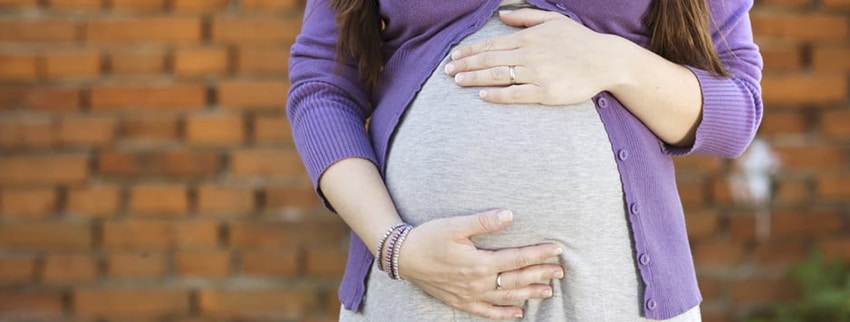
A common complaint of pregnant women or those who have just had a baby is urinary incontinence or simply put, the involuntary leakage of urine. Urine leaks from a woman’s bladder for many reasons, including increasing age, menopause, obesity or most commonly, during and after pregnancy.
Because a woman’s pelvic floor muscles are strained, stretched and therefore, weakened with childbirth, the organs supported by those muscles are at risk for some degree of dysfunction. For example, pelvic floor muscles hold the urinary bladder in place, but when overstretched, the laxity of the muscles can cause these bladder issues:
While physicians now use less invasive surgical tools such as the daVinci Robot to correct many gynecological issues, urinary incontinence is often controlled and even corrected by the diligent performance of a pelvic floor exercise called Kegel exercises.
Kegel exercises are an easy and ultra-discreet way to tighten lax pelvic floor muscles. The best way to understand exactly where the muscles are located is stop urinating mid stream. The muscles which stopped the urine flow are the muscles to use when performing Kegel exercises.
To do the Kegel technique correctly, lie on the back, and simply tighten the pelvic floor muscles as much as possible, hold for 3 seconds, and then relax. Repeat this 10 to 15 times at least 3 times a day. Work toward holding the position for up to 10 seconds before relaxing the muscles. Do not use the thigh or abdominal muscles, and do not use the Kegel exercises while urinating as this may injure the bladder.
The beauty of this exercise is that it costs nothing, needs no special equipment or elaborate training and can be done most any time and any where. Many women say it is helpful to connect the Kegel exercise habit to another habit which happens fairly regularly several times in the course of the day (such as checking email or text messages).
Key to the success of Kegel exercises is persistence in the habit. Many women who have developed this habit report noticeably better control of their urine within a few months time. Stopping the routine, however, can result in a relapse of symptoms.
Of course, the OB/GYN physician is the person who can best advise a pregnant or post-partum woman on whether or not the Kegel technique is appropriate for her. Sometimes, a doctor will suggest a biofeedback technique where a small probe in the vagina or rectum measures the strength of the muscular contraction. However, for decades women who do Kegel exercises have reported good results in decreasing or even eliminating their problems with urinary incontinence.
Contact the Woodlands OBGYN Associates for more information on these issues and more.


